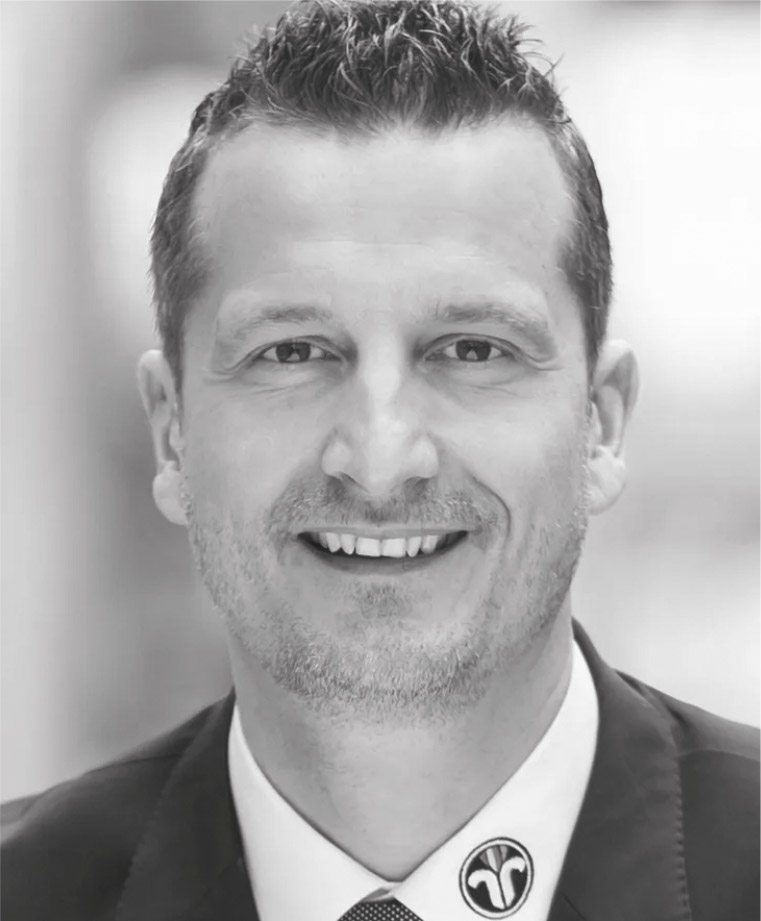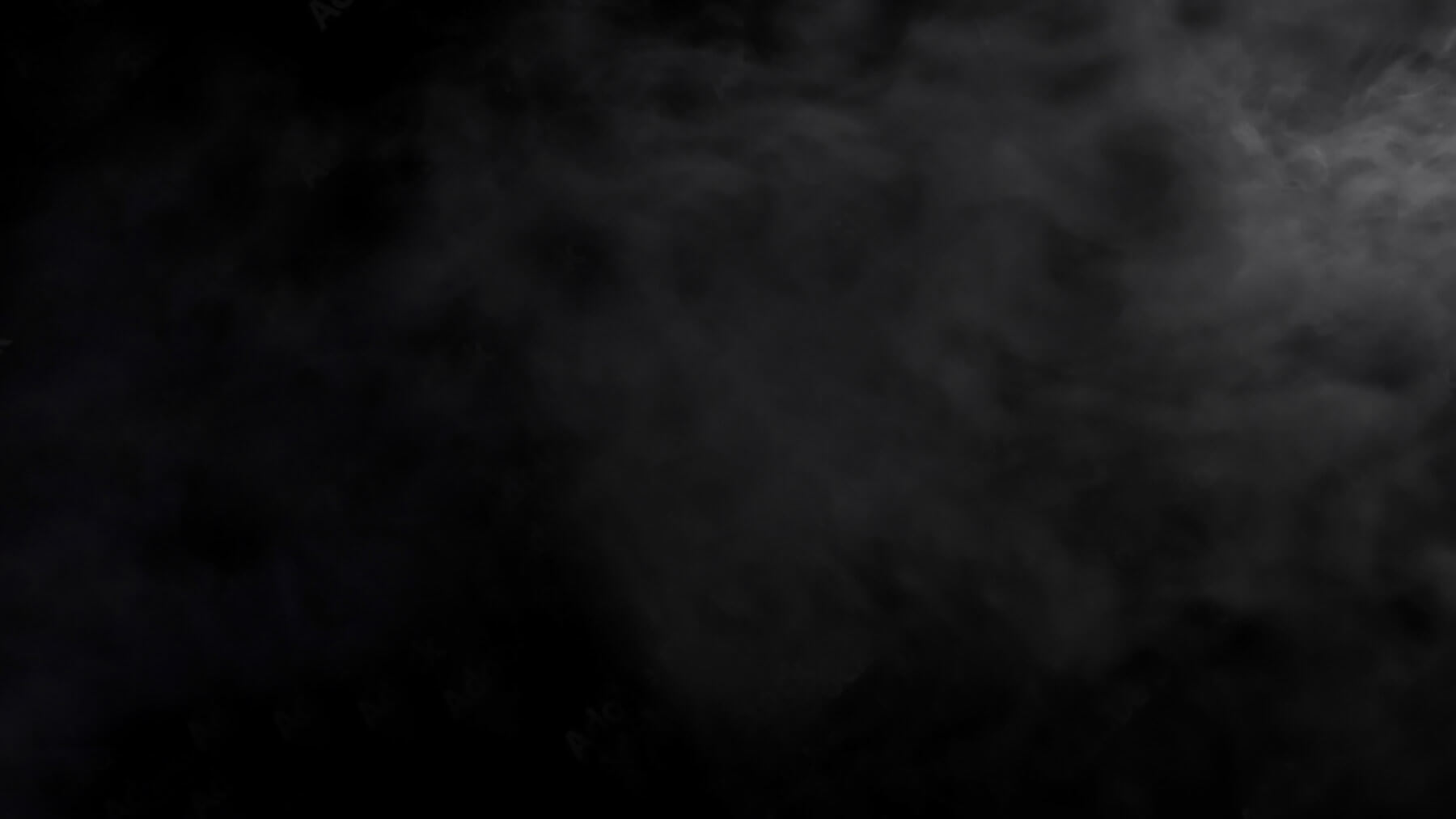ESCHFOE
EUROPÄISCHE SCHORNSTEINFEGERMEISTER FÖDERATION
FÉDÉRATION EUROPÉENNE DES MAÎTRES RAMONEURS
EUROPEAN FEDERATION OF CHIMNEY-SWEEPS
ESCHFOE stands for political and professional exchange between the national chimney sweep associations in Europe and makes an important contribution to peace, friendship and understanding between peoples. Our cooperation within ESCHFOE is a shining example of how we can work together to defend democratic values in Europe and secure the long-term future of our profession.
ALEXIS GULA, PRESIDENT
ESCHFOE Presidium

ALEXIS GULA
President
Contact
Westerwaldstr. 6
53757 Sankt Augustin
Germany
ziv@schornsteinfeger.de
www.schornsteinfeger.de

MICHAEL VERDERBER
Vice president
Contact
Burggasse 7
9300 St. Veit
Austria
office@rauchfangkehrer-verderber.at

